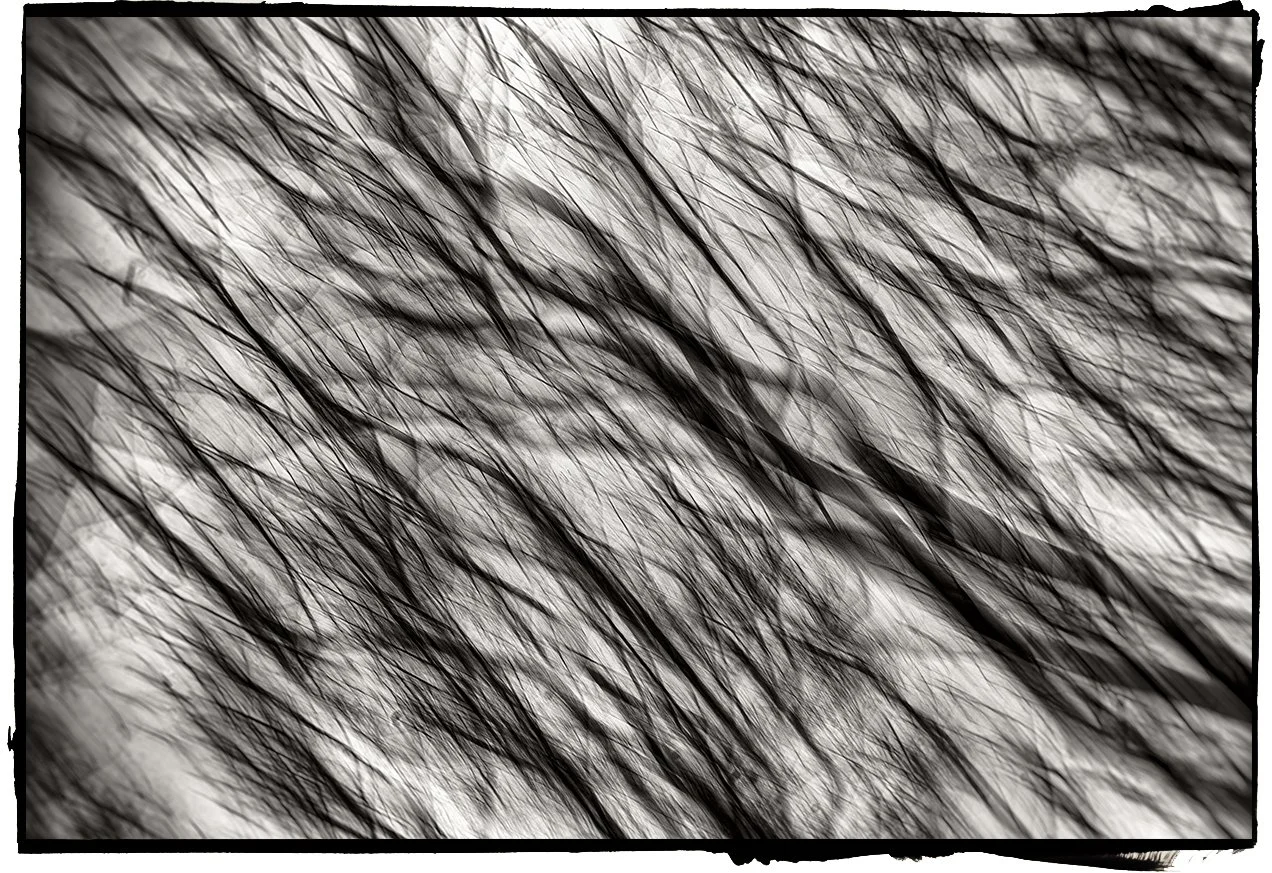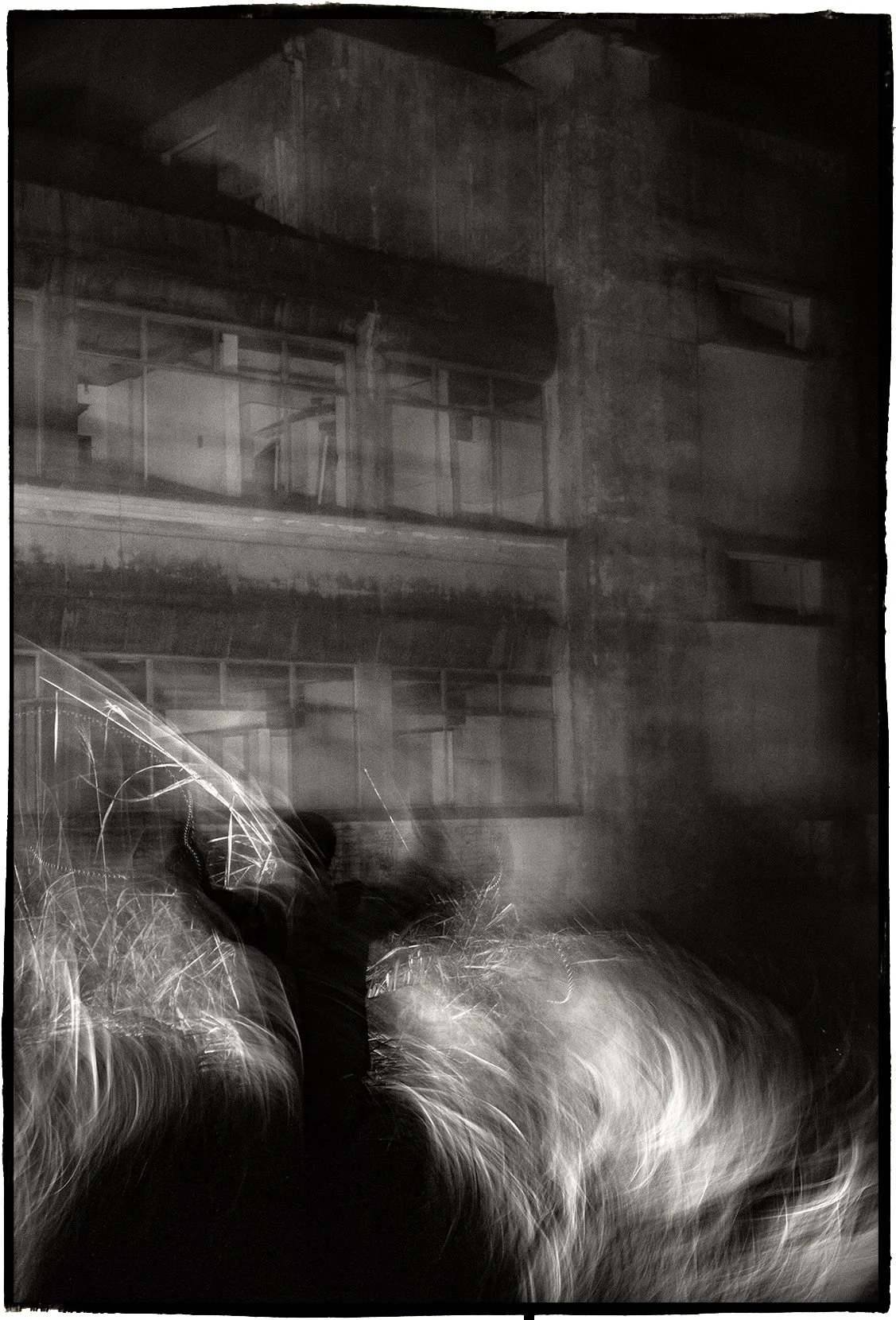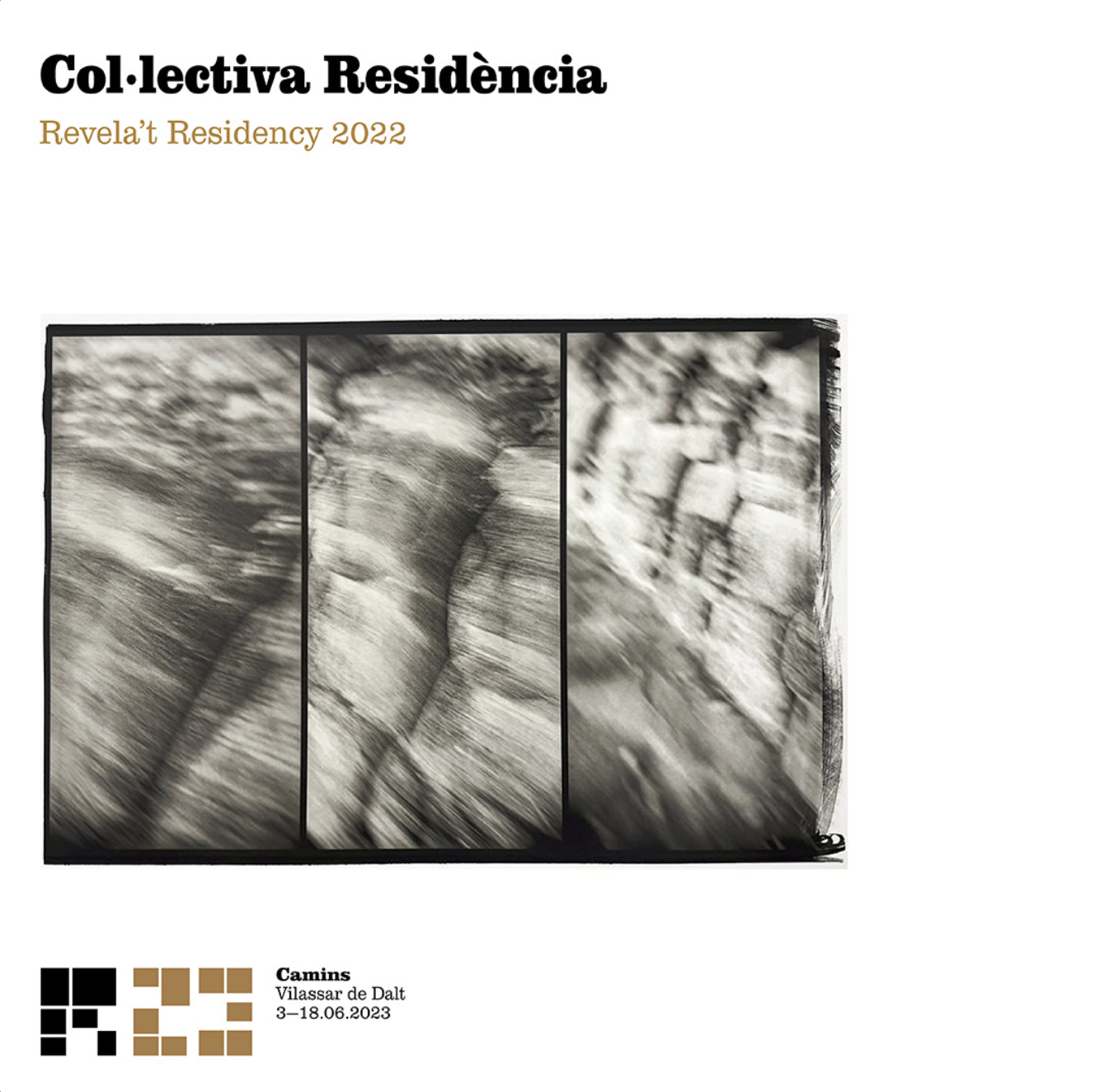“When I was in Jeju I found a road sign of the memorial stone of the 'April 3 Incident' pointing to a place where there was no road in the forest next to the farming field.”
“제주도에서 '4.3 사건' 장소들을 돌아보는데, 위령비가 있는 곳 표지판이 밭옆의 숲을 향해 길이 없는 곳을 떡하니 가르키고 있었다.”
<Why blood is red?>
is an abstract expression of the emotional landscape made near the sites of the ‘April 3 Incident’ in Jeju Island from controlling the time & camera movement. The work examines phenomenological concept of photography in terms of existence, absence, and reality.
<Why blood is red?>
작업은 제주 ‘4.3 사건’ 학살 장소들 인근에서 느낀 감정을 담아내고 있다. 시간의 흐름과 카메라 움직임의 통제로 표현하는 작업을 통해 존재와 부재 그리고 실제에 대한 사진의 현상학적 개념을 고찰한다.
The Jeju ‘April 3 Incident’, which occurred during the US military rule was a tragic event with the second most severe loss of life after the Korean War in Korean modern history. It is estimated that an 1/10 of Jeju residences between 25,000 & 30,000 have been killed by the Government Punitive Force & the Communist Partizan both. The official death toll of massacred civilians is 14,532.
미군정기에 제주도에서 발생한 ‘4.3 사건’은 한국현대사에서 한국전쟁 다음으로 인명피해가 극심했던 비극이다. 이 사건으로 제주도민 1/10에 달하는 25,000-30,000명이 토벌대와 빨치산 양쪽에 의해 살해된 것으로 추정된다. 공식 집계된 민간인 사망자 수는 14,532명이다.
Special thanks to the team at Revela’T & Jongman Lee.
≈33.4084444 / 126.63975 I 이덕구신전
Platinum Palladium over Pigment on Arches Platine. 38 x 56 cm.
≈33.4084444 / 126.63975 II 이덕구신전
Platinum Palladium on Arches Platine. 76 x 56 cm.
≈33.205780 / 126.280850 섯알오름
Platinum Palladium on Arches Platine. 76 x 56 cm.
≈33.4084444 / 126.63975 III 이덕구신전
Platinum Palladium on Arches Platine. 76 x 56 cm.
≈33.325599 / 126.620674 수악주둔소
Platinum Palladium on Arches Platine. 76 x 56 cm.
≈33.244888888 / 126.57097222 정방폭포
Platinum Palladium on Arches Platine. 76 x 56 cm.
≈33.2888888 / 126.57097222 영남동옛터
Platinum Palladium on Arches Platine. 76 x 56 cm.
≈33.42383333 / 126.558166666 관음사
Platinum Palladium on Arches Platine. 76 x 56 cm.
The work was made as a response to the brief given at the artist residency amongst 8 selected artists from Revel’T Contemporary Analog Photography Festival in Barcelona. The ‘≈33.244888888 / 126.57097222 정방폭포’ has been selected as the title image for the collective exhibition at the Revela’T 2023 Edition.











